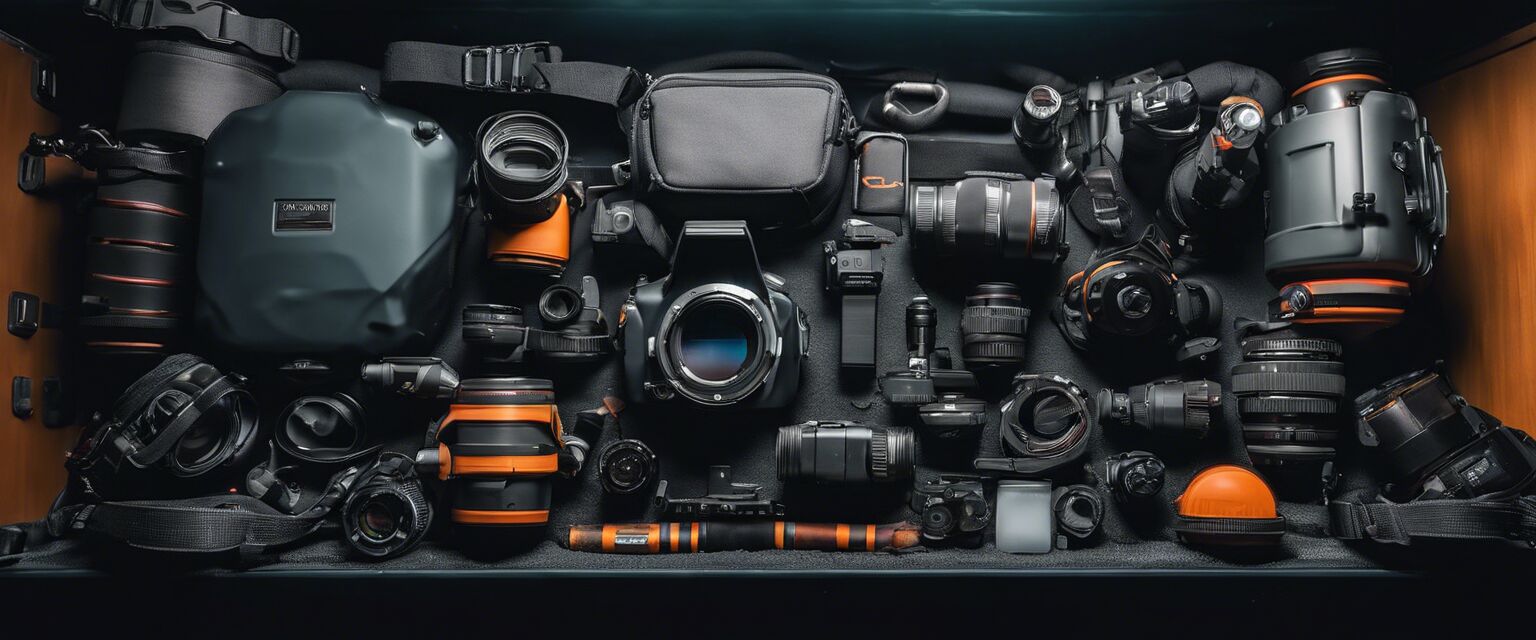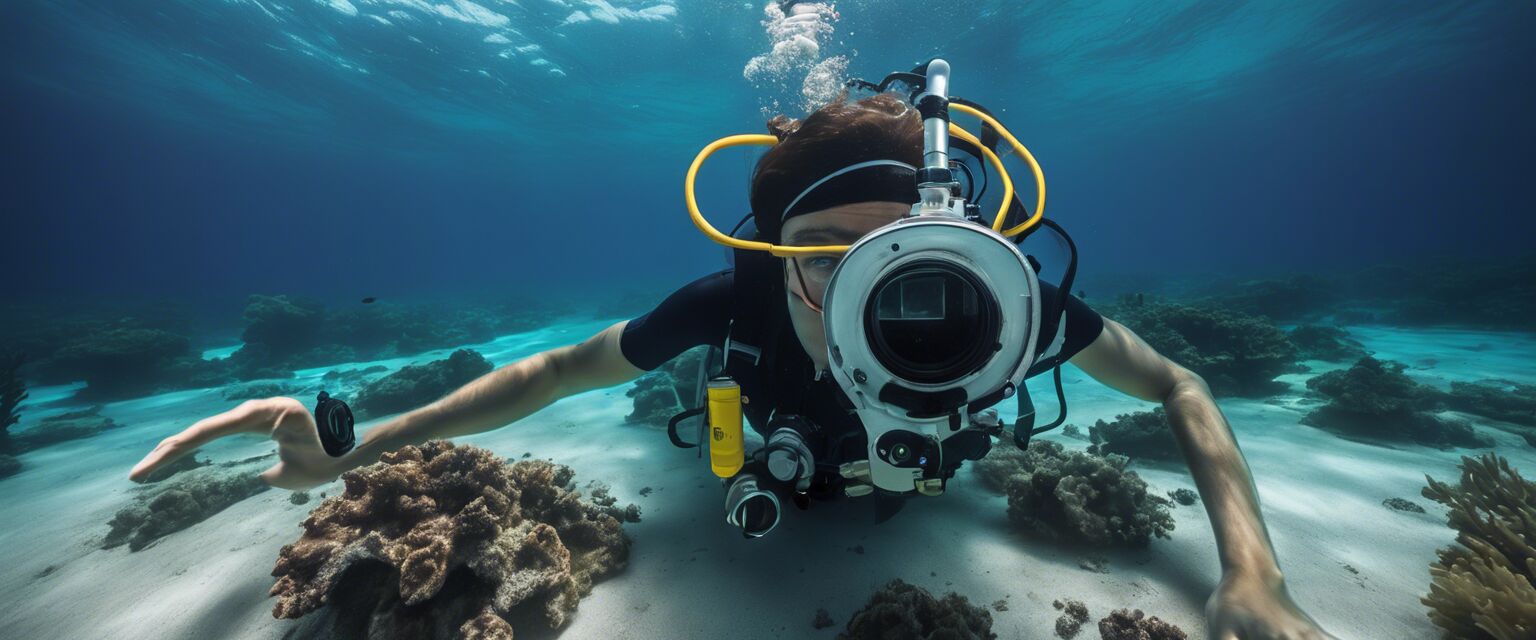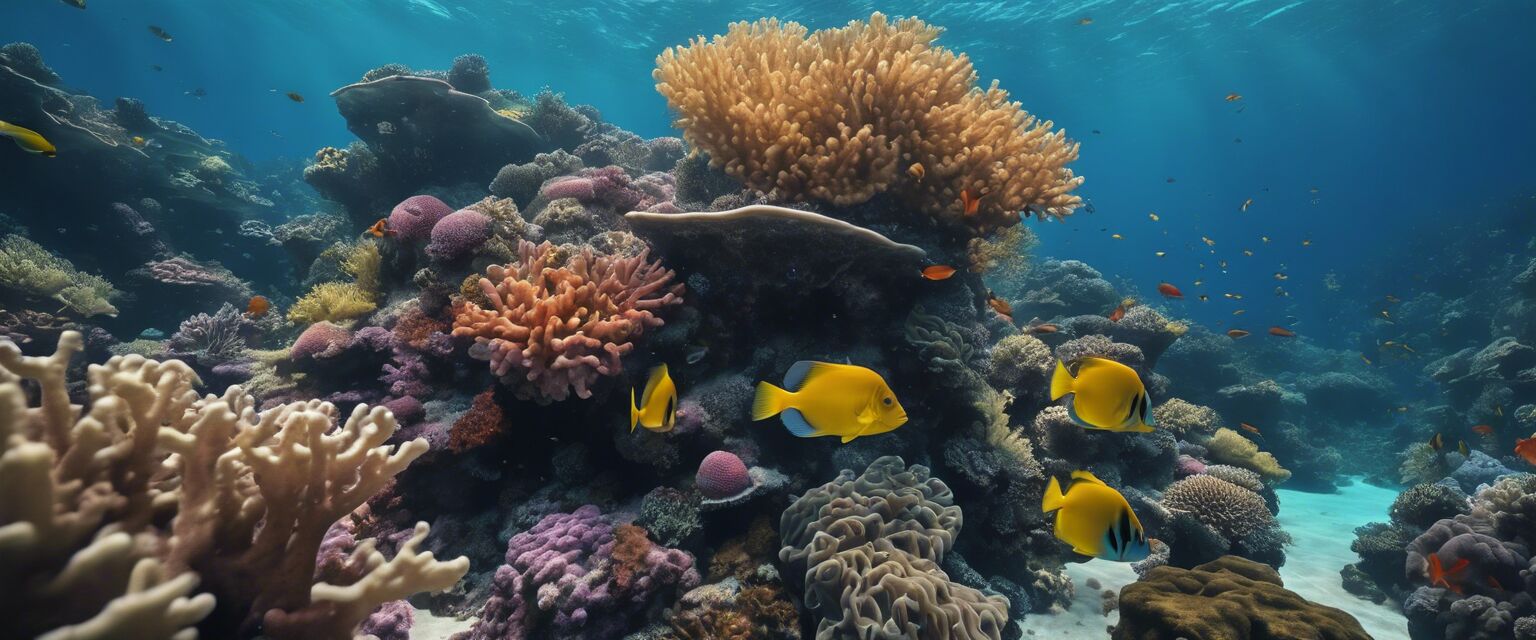
Safety Tips for Underwater Photography
Key Takeaways
- Safety gear is essential for a successful underwater shoot.
- Understanding your equipment is crucial to avoid mishaps.
- Take precautions to protect both yourself and your gear.
- Plan your dive thoroughly in advance.
- Always dive with a buddy for enhanced safety.
Underwater photography can offer stunning visuals and unique experiences, but it also comes with its own set of risks. These safety tips are designed to help you navigate these challenges and make the most of your underwater adventures.
The importance of safety gear
Wearing appropriate safety gear can significantly reduce risks while shooting underwater. Hereâs a breakdown of essential safety gear:
| Safety Gear | Description |
|---|---|
| Diving suit | Protects against cold water and potential abrasions. |
| Diving boots | Provides grip and protects feet from sharp objects. |
| Weight belt | Helps maintain buoyancy. |
| Backup snorkel | Aids in breathing if primary gear fails. |
Know your equipment
Familiarize yourself with your photography gear to avoid common underwater mistakes. Here are essential items to understand:
- Camera housing: Ensure it's rated for your dive depth.
- Strobe lights: Know how to install and use them correctly.
- Filters: Different filters can enhance color in your images.
- Floating straps: Avoid losing your camera if you drop it.

Making a dive plan
A well-thought-out dive plan is key to safety. Here are components to include in your plan:
- Choose a familiar site.
- Assess the tide and current conditions.
- Set depth limits.
- Determine the duration of your dive.
- Establish clear communication signals.
Always dive with a buddy
The buddy system not only enhances safety but also enriches the underwater experience. Hereâs why diving with a partner is wise:
- Provides immediate assistance in case of emergencies.
- Increases the fun factor of your dive.
- Helps in spotting interesting subjects to photograph.
Additional precautions
Consider the following precautions to protect yourself and your equipment:
- Check weather and sea conditions before you dive.
- Secure your gear before entering the water.
- Regularly maintain your underwater equipment.
- Practice controlled breathing to stay calm.
Tips for beginners
- Start in shallow water to gain confidence.
- Utilize natural light whenever possible.
- Stay close to your dive buddy.
- Practice buoyancy control before taking photos.

Conclusion
Mastering the art of underwater photography goes hand-in-hand with understanding safety measures. By equipping yourself properly and planning your dives, you can minimize risks and capture the beauty beneath the waves.
Related resources
For more information on enhancing your underwater photography skills, check out these resources:
- Accessories and mounts
- Camera housings
- Diving gear and apparel
- Underwater lighting
- Underwater cameras
Pros
- Capture stunning visuals.
- Explore new environments.
- Enhance creative concepts.
- Strengthen diving skills.
Cons
- Potential safety risks.
- Equipment can be expensive.
- Requires specialized training.
- Diving conditions can vary greatly.

